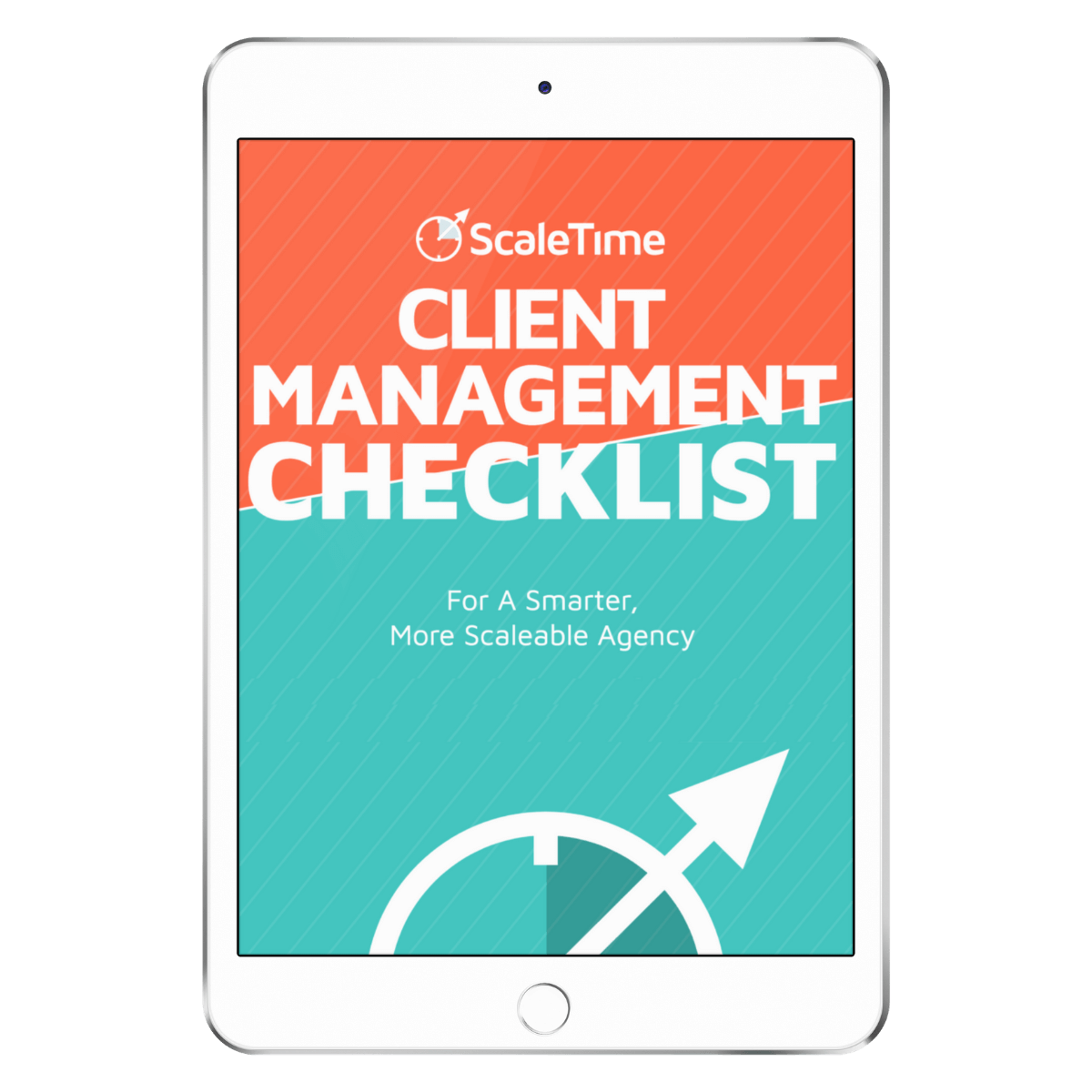
So, you want your project to be a success? Well, step one is identifying the critical tasks — the tasks that are the backbone of your project. No big deal, right?
But wait, there’s more!
As a project manager, you get to oversee multiple large tasks at once! Lucky you.
Sounds like a piece of cake, right?
Indeed, it is! IF you use the Critical Path Method (CPM).
The critical path project management method will help you manage complex projects or even multiple projects successfully. Because who doesn’t love a challenge that can overcome with the greatest of ease?
Is the critical path method for project management a new thing?
Believe it or not, CPM has been around since the 1950s. Yup, your grandpappy’s project manager was probably using it, too.
With CPM, you can more easily prioritize the most crucial tasks and figure out the minimum amount of time needed to finish a project. So, next time you’re up to your ears in a complicated project involving multiple teams, deliverables, and spinning plates, you’ll know what to do.
Fun fact:
CPM was actually developed to reduce the cost of construction and agricultural projects that were stalling or shutting down before completion.
And with the rise of computers, CPM has become the preferred scheduling method for larger projects.
So, you can rest assured that CPM isn’t some trendy thing or there’s a bandwagon effect going on here. It’s practically ancient, tried and true.
Here’s how it works.
What Is Critical Path Project Management and How Does It Work?

Basically, the CPM is a scheduling technique that helps predict how long a project will take using a sequence of tasks.
If you want to be a better project manager, you need to identify:
- What needs to be done
- Determine tasks that align with the project
- Determine the length of time each task will take to complete
- Assign tasks in order of precedence
Project activities that must be completed are referred to as “the critical path.” The separate, dependent tasks inside them are called “activity sequence.” Activities represent actions and resources like money, time, and energy needed to complete a project.
These tasks are time sensitive and should be completed on time for a project to be successful. This means if a single task is delayed, the entire project will be delayed.
According to critical path project management, managers should prioritize giving resources to the tasks that will ensure the project is completed on time.
The total duration of the critical path is the minimum time you’ll need to complete the entirety of the project. This is because CPM’s algorithm takes into account the start time of a task, duration, and the finish time to establish the most important (or critical) activities for the project.
Let’s consider two examples to better understand the critical paths in project management.
Critical path method example 1
A client may want to launch a new website for their business. As a digital agency tasked with the project, your tasks will include:
- Researching
- Selecting a website platform
- Designing the layout and graphics
- Developing the website functionality
- Testing the site before the launch
- Launch
The critical path for this project includes tasks like finalizing the website design, designing the layouts, and beginning development. These tasks must be completed before testing and launch can occur. So, like, they’re critical, ya know?
Once the critical path tasks have been completed, the project manager can then focus on completing the non-critical tasks, such as creating additional content for the website, SEO, or adding additional features.
Critical path analysis is used to determine critical path scheduling, which is the sequence of tasks that must be completed for the project to be finished on time.
In this example, the critical path would be:

Researching—> selecting website design—> Designing layouts and graphics—>Developing web functionality—> testing—> Launching
Critical Path Method Example 2
When a client needs you to create and launch a new mobile app, you’ll need to break the project down into these tasks:
- Researching and planning
- Designing the user interface and user experience
- Developing the app’s functionality
- Testing the app before launch
- Submitting the app to App Store for approval
- Launching
In this second example, the critical path might include tasks like finalizing the app design and beginning development. These are crucial tasks that must be completed before testing the mobile app or launching the product.
Additionally, submitting the app to the app store and getting approval would also be considered a critical path task. The app launch can’t happen if the app isn’t approved.
In this example, the project’s critical path would be:


Researching and planning—> Designing the user interface and user experience —> Developing the app’s functionality—> Testing the app before launch—> Submitting the app to App Store for approval—> Launching
How to Get Started with Critical Path Project Management Methodology and Toolsets

CPM schedule calculation is a complex process, and it’s difficult to do it the old fashioned way with an abacus, quill, and clay tablet.
Luckily for us, there are software tools that can help create the project network diagram, calculate the critical path and create the schedule. CPM software gives PMs an excuse to fully embrace the digital age.
The critical path algorithm will help you establish the activities that should be done first and foremost. You can also find the project’s critical path using a forward and backward pass.
But first, what is a forward and backward pass in project scheduling?
Forward pass
The forward pass is the first step in the project scheduling technique. It is a network diagram to determine the Early Start (ES) and Early Finish (EF) of each task in the concept phase.
Generally, the management team and other internal resources complete this step by determining the project’s milestones.
These include dates or deadlines that allow project managers to identify where in time an activity or task should start or end. The forward pass also helps find a project’s critical path or free float.
Backward pass
The backward pass is a second step in the project scheduling process that occurs after all tasks have been assigned to people and resources. It involves working backward to identify the Late Start (LS) and Late Finish (LF), so you can better understand a project’s duration.
Here’s how to calculate CPM:
Step 1: Divide your project into tasks. Make a list of all the activities, break the project down into milestones, actionable tasks, and deliverables.
Step 2: Identify task dependencies and list them in a table together with an estimated duration each task will take.
Step 3: Create the visual representation using a network diagram. Use arrows to identify task dependencies and have a better overview of your project using the PERT or Gantt Chart. You can also create a rough visual using a pen and paper.
Step 4: Identify each task’s beginning and end date by checking the order of dependencies. Use the backward or forward pass method to identify the start and finish times.
Step 5: Allocate resources efficiently to ensure your project is completed on time. Use resource leveling for resource allocation to ensure no conflicts or constraints.
Step 6: Determine the CPM by finding the longest sequence of the project tasks in your diagram.
The critical path method is typically used in conjunction with other tools like Gantt charts or PERT charts, which are used to help identify the tasks involved in completing the project.
The main parameters of the CPM activities include:
- Understanding the earliest start time (ES). This is when an activity can start after other task dependencies are complete.
- Understanding finish time (EF). To calculate the estimated finish time, you should add ES+ the time required to complete the activity.
- Understanding the latest finish time (LF). This is when an activity should be completed without delays.
- Understanding start time (LS). Period or time required to complete an activity.
- Understanding float. Float is the amount of time an activity can be delayed from the ES without altering the completion date.
- Understanding total float. The difference last activity and the last finish date on the critical path and completion date.
When you use a network diagram, you will easily identify the longest path of any activity. You can reduce the time for critical path activities and therefore, accelerate your project.
The Benefits of Using Critical Path Project Management CPM and Software Tools

The Critical Path Method is effective because it allows managers to calculate potential obstacles, analyze each component, and provide the appropriate solution that ensures the project goes as scheduled.
As more information about the project becomes available, you can adjust the critical path accordingly. This method is especially useful for projects that require multiple steps or phases to complete. That way, there’s no single point at which everything must be completed in one go.
Below are the benefits of using the project management critical path:
Improved scheduling
The CPM helps project managers identify critical task dependencies within a project, so they can schedule project phases accurately.
These dependencies are classified as mandatory, discretionary, and external dependencies.
Better resource allocation
By identifying the critical path, project managers can focus resources on the most important tasks and ensure there are no delays.
CPM also enables effective resource allocation, since you can more easily identify which tasks are on the critical path and prioritize them.
This helps ensure that the available resources are being used most efficiently and effectively and that the project is completed on schedule.
CPM also allows project managers to identify potential issues or delays in the project schedule and make necessary adjustments to the resource allocation, keeping the project on track.
Increased visibility
CPM allows project managers to see an overview of the entire project and schedule, making it easier to identify potential problems and make adjustments as needed.
There are specific project management software programs that help monitor a project’s critical path. They also predict how any changes will impact the project timeline.
Better risk management
CPM helps project managers identify potential risks and evaluate the impact of those risks on the project schedule, allowing for more effective risk management.
As a project manager, you’ll be able to identify both dependent and parallel tasks. Rejoice!
The Benefits of Using Software Tools for the Critical Path Method

Calculating the critical path method can be a bit challenging and time-consuming. However, there are project management tools created to help.
Although some project managers may want to calculate the critical path using Excel or Word, they may not be as effective as dedicated project management software. Excel and Word aren’t made for this specific work.
Software Tools Are Effective for the Critical Path Method (CPM) for Several Reasons
They make it easy to create a project network diagram.
With a dedicated software tool, you can easily enter tasks and dependencies, and the tool will automatically create a diagram for you.
This eliminates the need for manual drawing and makes it easy to visualize the project, identify the critical path, and make necessary changes.
CPM software automates the calculation of task durations and the critical path.
Once you’ve entered the duration of each task into the program, the tool will automatically calculate the critical path, complete with the earliest and latest start and finish times.
This eliminates the need for manual calculation and reduces the risk of errors.
CPM tools allow for easy scheduling and resource allocation.
The software tool makes it simple to enter the schedule for the project and assign each task resources. It will also identify potential problem areas, such as over or under-allocated tasks.
CPM software tools provide advanced reporting capabilities.
Software tools have the ability to generate a wide range of reports that can help project managers understand the project status, progress, and forecast future outcomes.
The tools enable real-time collaboration and communication.
Many software tools support team collaboration and communication, allowing team members to access and update the project schedule and assign tasks.
How to Deal with Contingencies and Constraints in the Critical Path Method

When you’re using the critical path method, you need to consider a number of contingencies and constraints.
These include:
The nature of your project. If one of your tasks fails, you’ll have to change the critical path by re-ordering or delaying one or more tasks.
The availability of resources. If you’re short on resources, such as manpower or equipment, then you may have to delay some activities until they become available again.
The availability of materials. If materials aren’t readily available for use in one phase, then it’s possible that you’d have to delay using them in another phase.
How to handle contingencies and constraints more effectively.
As you plan the project, try to anticipate any potential issues that could arise, such as delays, budget constraints, or resource shortages. This will help you be better prepared to deal with them if they do occur.
Another way to deal with contingencies is to add a buffer of extra time to critical tasks to account for unexpected delays or issues.
Use project management software to monitor scheduling and identify potential problems.
These tools can help you track progress, allocate resources, and make adjustments to the schedule as needed.
Contingencies in digital agencies can include unforeseen technical issues that arise during a project, such as a website or an app crashing or not functioning properly.
Also, delays in receiving important information from clients, and unexpected changes in budget or resources can result in affecting the project’s critical path in digital agencies.
When you factor in these circumstances beforehand, your project will stay on schedule.
Tips for Staying on Track and Ensuring and Meeting Deadlines When Using CPM in Project Management
Here are a few tips for staying on track with CPM.
Regularly update the schedule.
As the project progresses, it’s important to regularly update the plan to reflect changes in task durations and dependencies. This will help ensure the critical path is accurate and deadlines are met.
Monitor critical tasks.
Keep a close eye on the critical tasks to ensure they’re completed on time. If a critical task is delayed, it can have a ripple effect on the entire project schedule.
Communicate with the team.
Good communication is key to staying on track and meeting deadlines. Make sure your team members understand their tasks and the deadlines. Encourage them to bring up any issues or delays as soon as they arise.
Use software tools.
Use software tools to manage the project schedule and keep track of tasks, resources, and deadlines. These tools can help automate calculations, identify potential problem areas, and enable real-time collaboration and communication.
Monitor resource allocation.
Make sure that resources are allocated effectively and that no tasks are over or under-allocated. Reallocate resources when necessary as the project progresses.
Be flexible.
Be ready to adapt your plan and make adjustments as needed if something unexpected happens. Having a plan B ready can help your project get back on track ASAP.
Regularly review progress.
Regularly review the project’s progress and compare it to the schedule. This will help you identify any issues or delays early on and take corrective action to get the project back on track.
Have a contingency plan.
Have a contingency plan in place for critical tasks in case something goes wrong. This will help you minimize the impact of any delays or unexpected events.
Key Takeaways and Action Steps
It’s critical that you organize, schedule, and track your projects effectively, right from the start. The critical path project method will help you do just that and ensure there’s no chaos and confusion in the boardroom.
Let’s recap how CPM does all that and a sleeve of scrumptious Girl Scout cookies:
- The Critical Path Method is a project management technique that helps identify the most important tasks and allocate resources accordingly.
- CPM involves identifying the sequence of activities that must be completed on time for the project to be completed on schedule.
- CPM is a useful tool for project managers because it helps them anticipate and mitigate potential delays and adjust the schedule as needed.
- Software tools are effective for CPM because they automate complex calculations, reduce the risk of errors, provide advanced reporting capabilities, and enable real-time collaboration and communication.
- To stay on track and meet deadlines in CPM, regularly update the schedule, monitor critical tasks, communicate with the team, use software tools, monitor resource allocation, be flexible, review progress and have a contingency plan.
Sounds like a lot. But it’s worth it. If you’re looking for bite-sized instructions on how to level up your project management, we’ve got you covered.
Elevate your team’s performance and your project management with our Project Management for Agencies checklist. Ermagerd it’s FREE!





















%20(1).gif)
